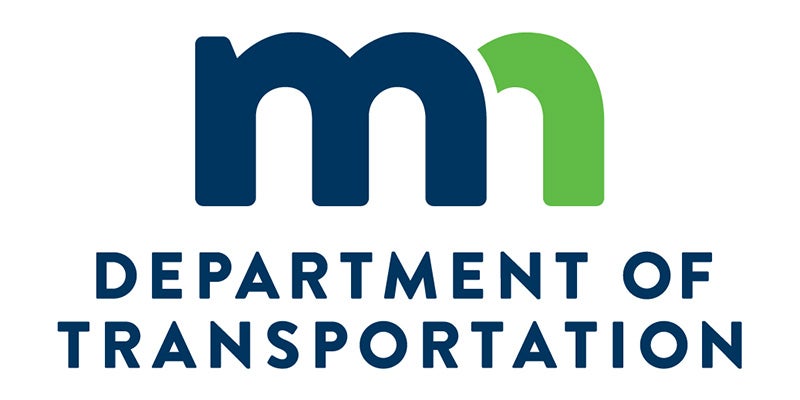School board cuts Spanish from lower grades
Published 7:21 am Tuesday, April 13, 2010
Austin’s elementary students can say adios to their Spanish lessons.
With little discussion Monday evening, the Austin Public School Board voted unanimously — with members Jeff Kritzer and Aaron Keenan absent — to nix the K-5 language program.
The board passed the cut with the 2010-2011 integration budget that calls instead for funding to narrow the achievement gap between white and non-white students by beefing up after-school programming and student support.
The change in priorities reflects new legislative mandates for the use of integration funding, said Kristi Beckman, integration coordinator.
The school district has been allocated $629,971 in integration funding for the 2010-2011 school year, and legislation requires those dollars be “used for students to have increased and sustained interracial contacts and improved educational opportunities and outcomes designed to close the academic achievement gap between white students and protected students,” according to statute.
Protected students are those who identify as belonging to various racial distinctions.
Offering Spanish courses K-12, which was originally planned for next school year, would have taken more than half of the integration budget, Beckman said.
“We had to change our focus to closing the achievement gap,” Beckman said. “We would like to support Spanish in K-8 as well, but we cannot justify that with the intent of the legislation.”
Spanish courses will now be required in sixth through eighth grade and will be among language offerings in high school. This year, Spanish was required in K-6, and was an elective for eighth-graders. The requirement was not upheld in all elementaries this year because of insufficient staffing.
Spanish will expand into the seventh grade next fall as was earlier scheduled.
The integration budget includes $125,235 for Spanish courses in grades 6-12; $132,000 for after-school and family programming; and almost $226,000 for eight success coaches, interpreters who serve as resources for non-English speaking parents, as well as encourage student achievement.
The after-school programming will including homework help, educational enrichment and potentially Spanish clubs for interested students, with late busses running Monday through Thursday, Alberts said.
“The goal wasn’t to develop fluent students by middle school,” Alberts said of the now nullified K-5 Spanish program. “But rather to give them early exposure to language and culture… now we will move that to after school enrichment.”
The district’s outlook on Spanish classes making a comeback through the district’s curriculum dollars, rather than state mandated integration revenue, is not optimistic.
“It is not outside the realm of possibility. However, the funding outlook would likely need to change,” Alberts said last week.
Minnesota was recently turned down in its initial application for up to $250 million of federal Race to the Top grants. Among shortcomings, federal reviewers faulted Minnesota for not narrowing the gap in performance between white and nonwhite students.
The State of Minnesota does not require that a school district offer a second language.
Monday’s Austin Daily Herald report incorrectly listed integration budget allocations due to incorrect school board documents.





